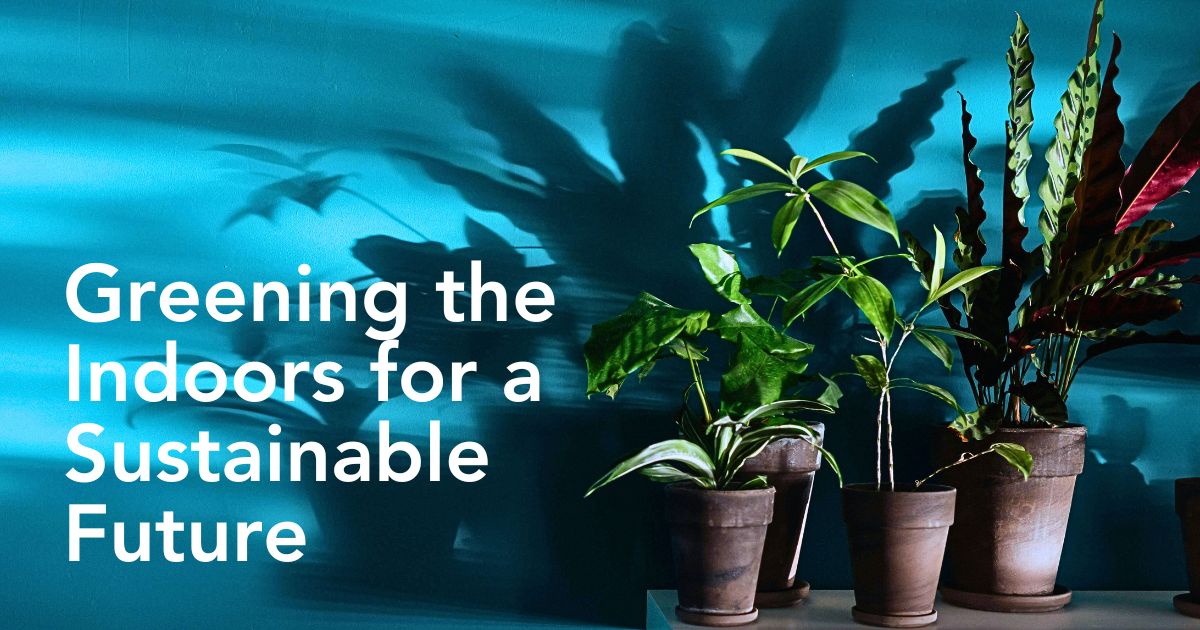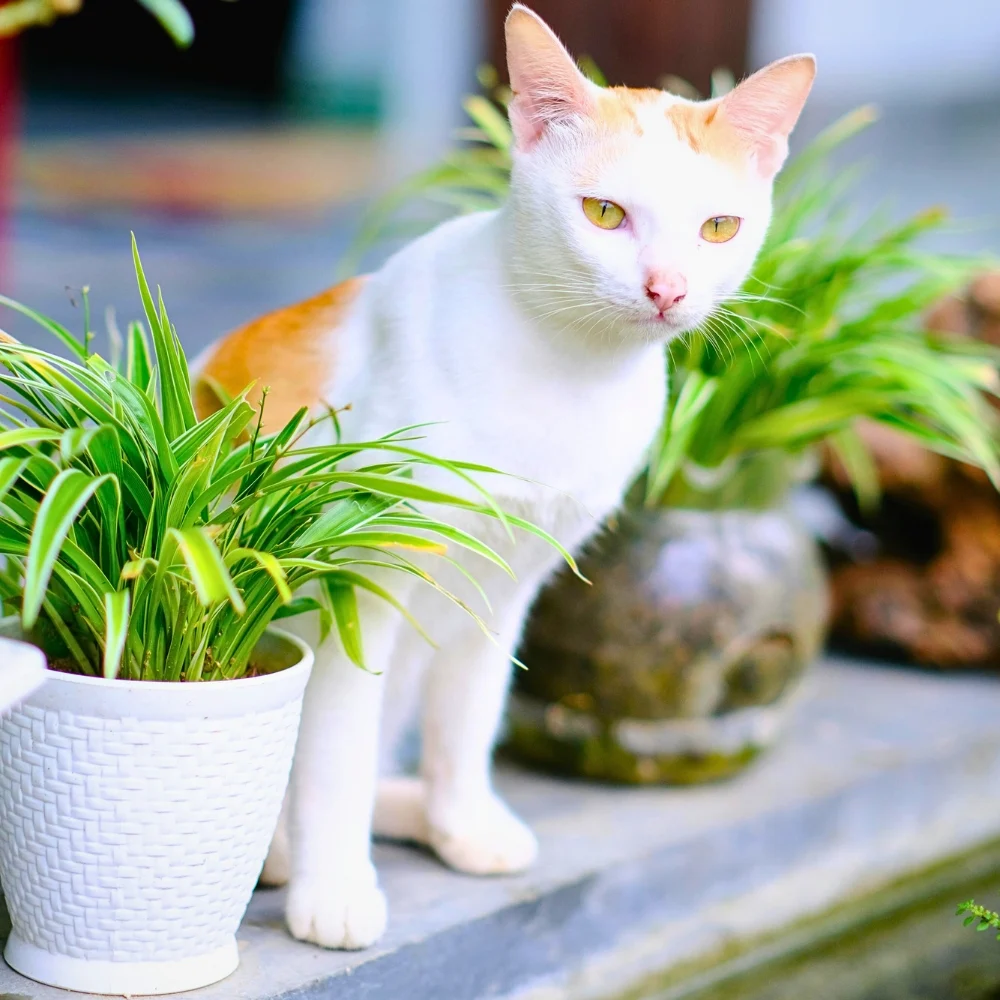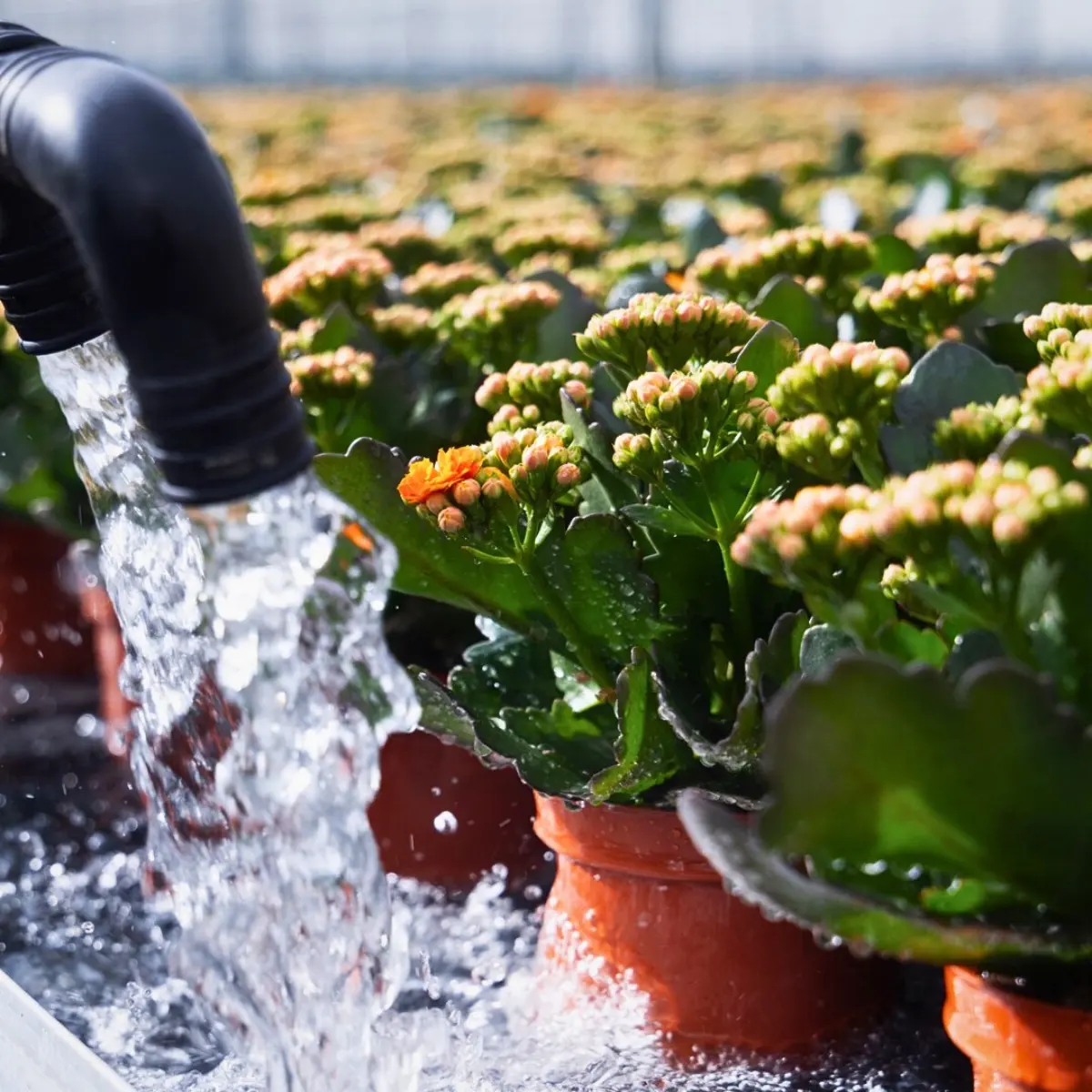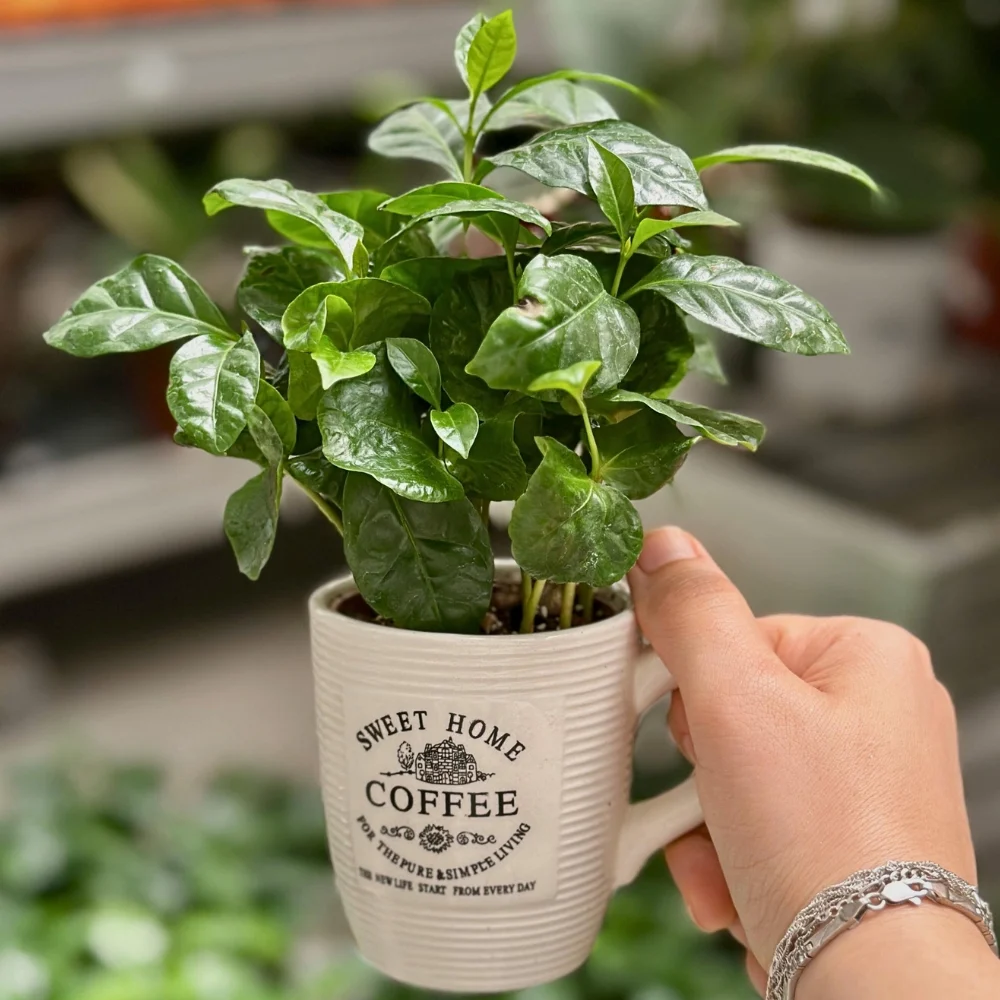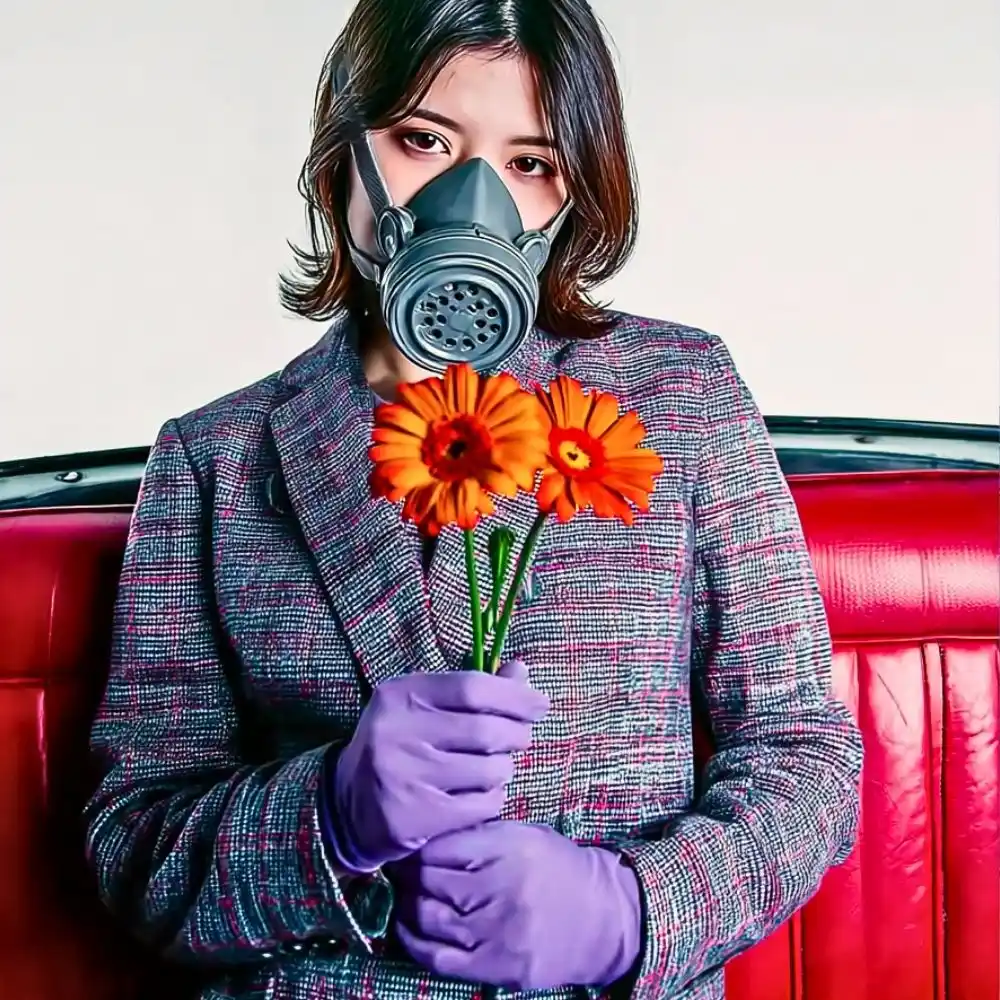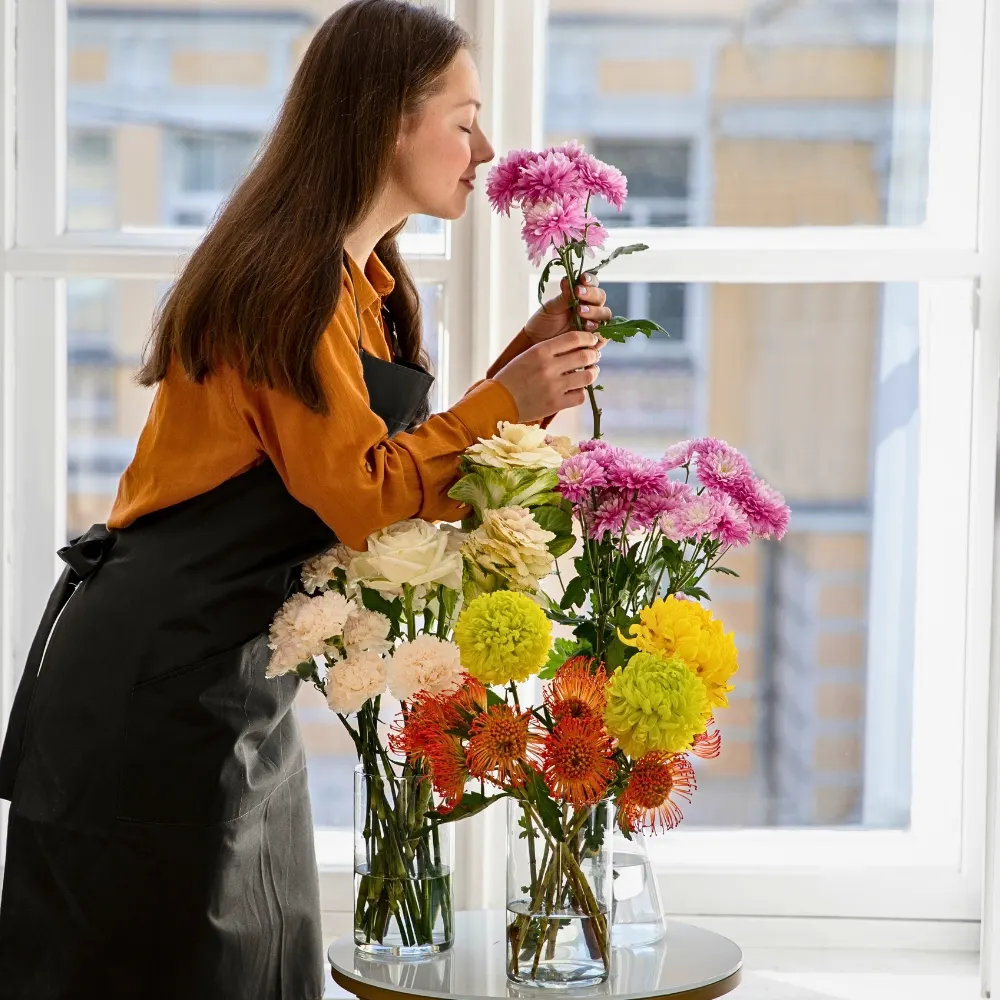In the drive towards a more sustainable future, much attention has, often, been given to the role of green spaces, renewable energy, and emissions reduction. However, interior greens are an important — yet usually overlooked — piece of the sustainability puzzle. Integrating living plants inside built environments can play a vital part in realizing the United Nations (U.N) Sustainable Development Goals (SDGs).
Simply put, the starring role of interior greening in actualizing the SDGs is an element that cannot be overstated. This is, more so, in the context of creating and realizing a sustainable future for all. Beyond bettering the conditions of the public and private spaces that humans inhabit, interior greens have another crucial role in balancing environmental, social, and economic development. Essentially, these interior green plants are good for humans and the planet.
SDGs and the Role of Interior Greens
SDGs are a blueprint to achieve a sustainable future, tackling global challenges related to poverty, inequality, climate change, environmental degradation, peace, and justice. They are a universal call to action to end poverty, protect the planet, and ensure prosperity for all by 2030.
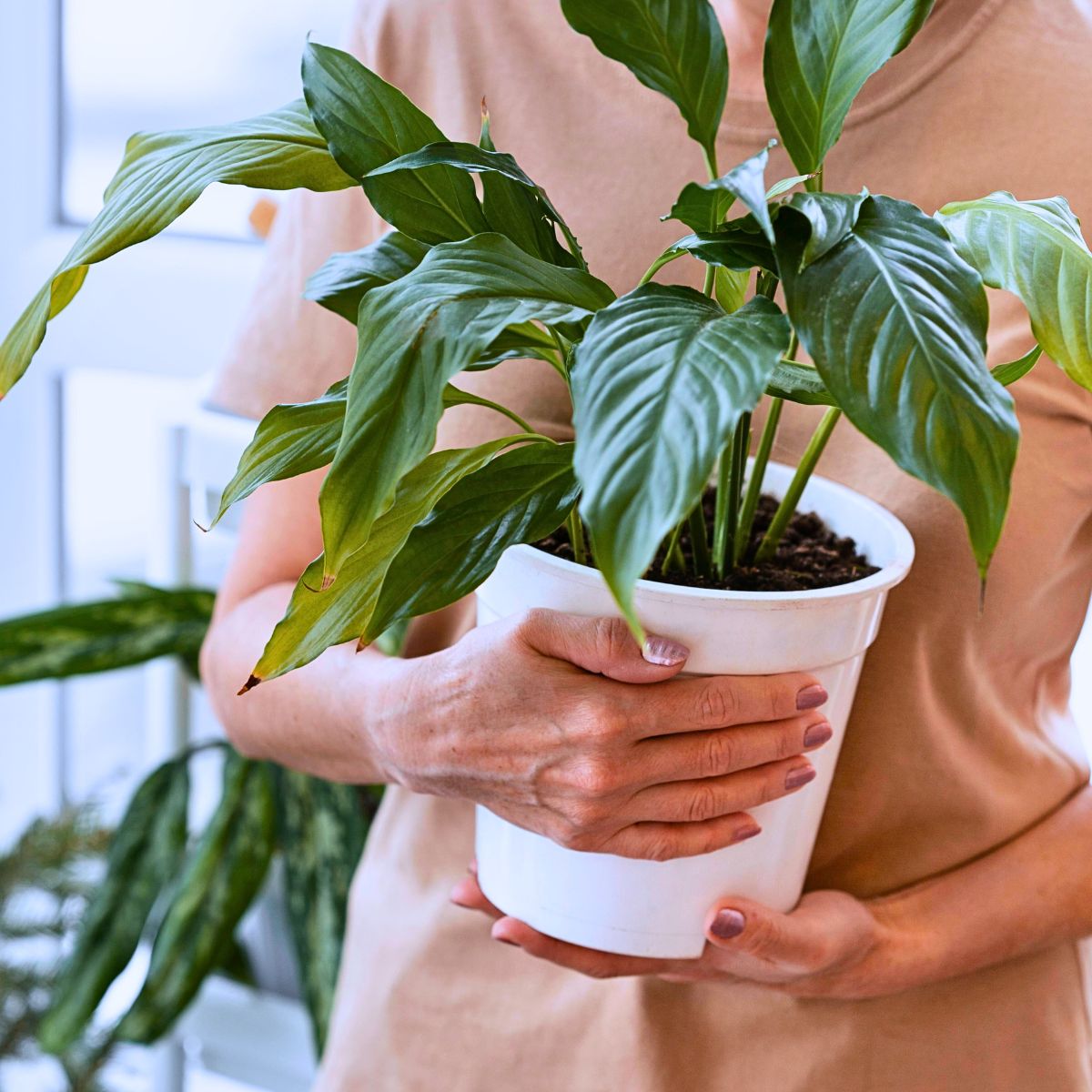
Photo by freepik
With the 17 interconnected goals to be achieved by 2030, aspects such as ending poverty (SDG 1) and deprivation go hand in hand with strategies that improve health, education, and economic growth, while not compromising on tackling climate change and preserving natural resources. The SDGs, in the main, provide a comprehensive agenda for sustainable development across the world.
Sustainable interior design, also known as ‘green’ interior design, plays a vital role in achieving these goals, in addition to being among the fastest-growing segments of the design industry. From integrating sustainable materials to advocating for efficient space use, green interior designs, in many ways, substantially impact the SDGs.
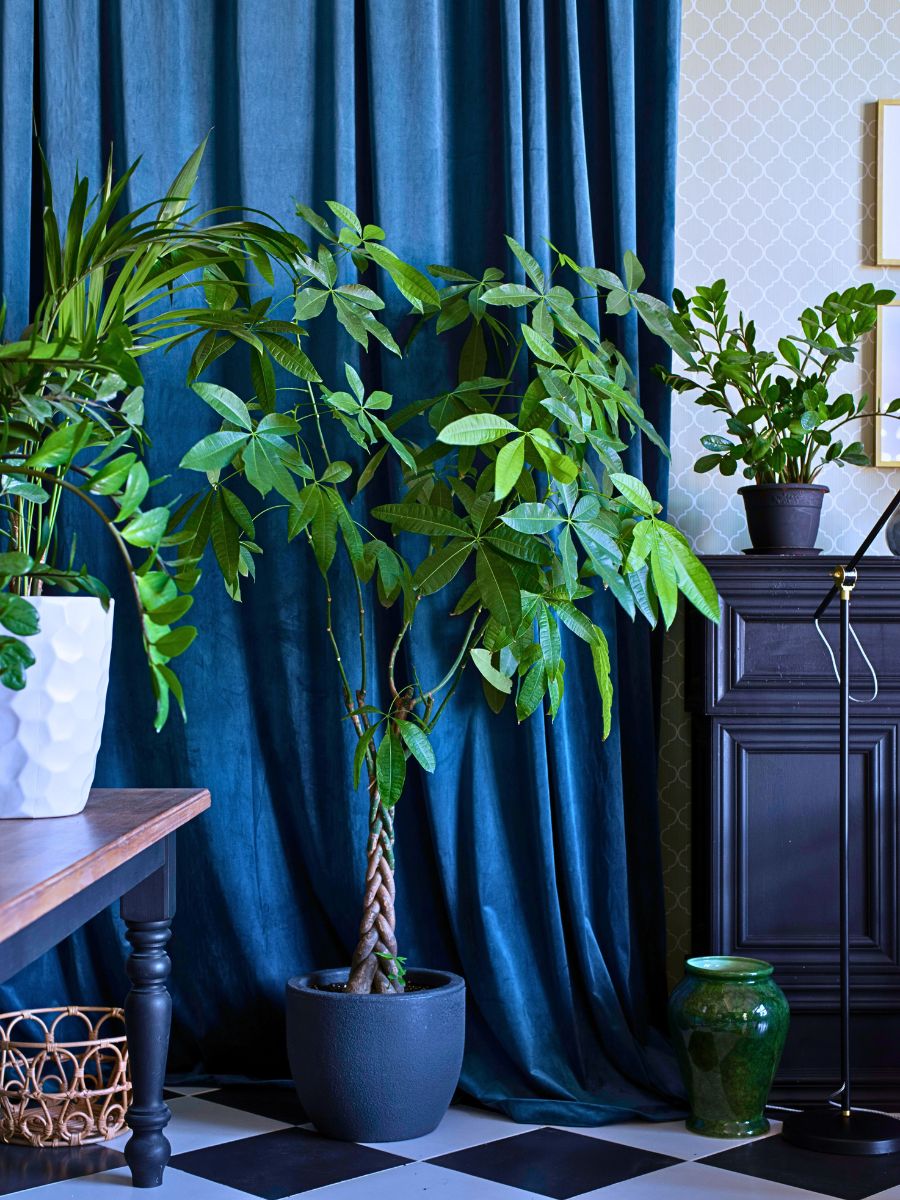
Photo by freepik
So, where and how do interior greens fit into this novel yet ambitious agenda? Well, quite comprehensively, it turns out. Strategically incorporating living plants into offices, homes, hospitals, schools, and other indoor spaces, helps address numerous SDG targets and work towards a more sustainable future. With that in mind let's, therefore, explore some of the key ways in which interior greens can support SDG progress.
Good Health and Well-Being (SDG 3)
There is a growing body of research demonstrating the many benefits of interior plants for human health and well-being. Numerous studies have shown that the presence of greenery in both work and living environments can reduce stress, anxiety, and fatigue while boosting mood, cognitive function, and overall life satisfaction.
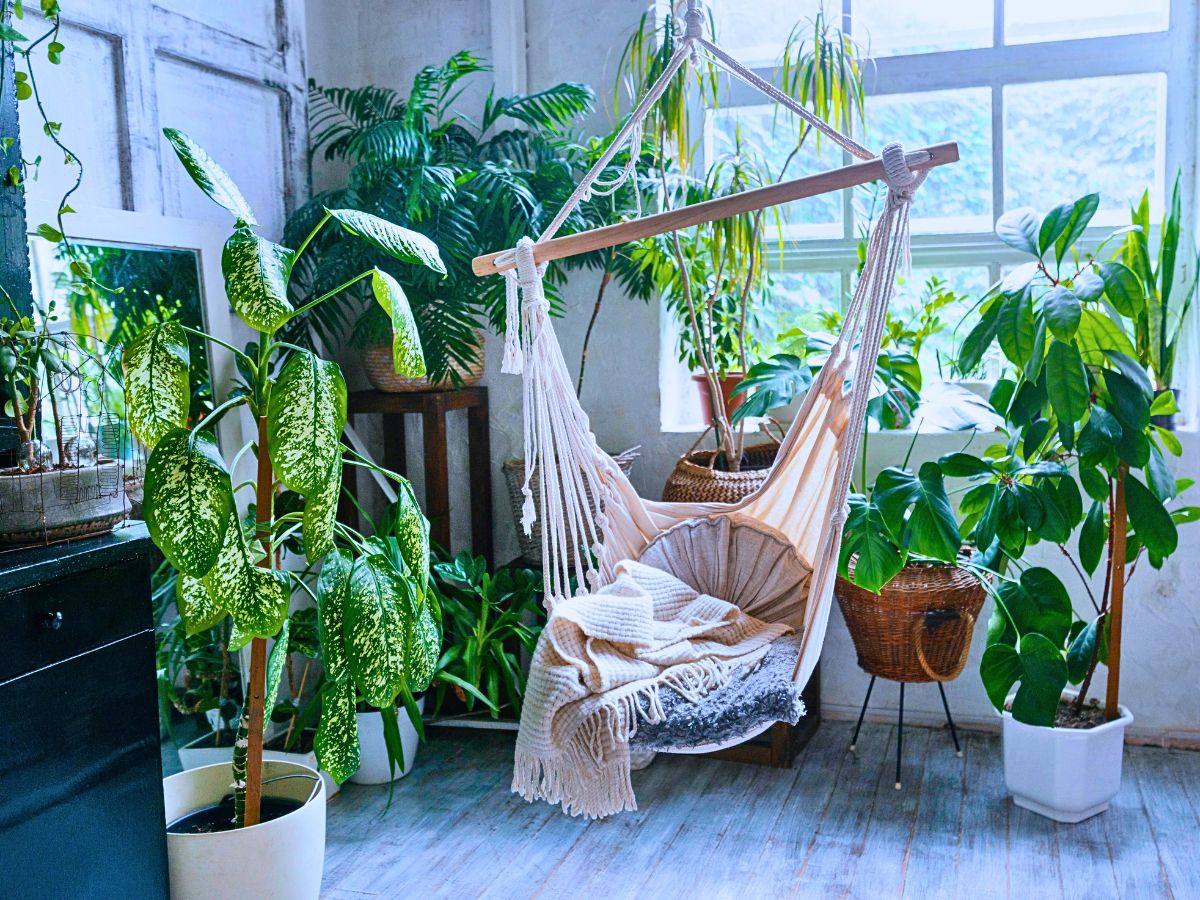
Photo by freepik
This is particularly important given the mental health challenges intensified by the COVID-19 pandemic, as well as the increasing prevalence of sedentary lifestyles and ‘nature deficit disorder’ in many parts of the world. Integrating biophilic design principles that integrate natural elements like plants into the built environment, helps create healthier, more restorative indoor spaces that support SDG 3 on good health and well-being.
Clean Water and Sanitation (SDG 6)
Interior greening could, also, play a role in advancing SDG 6 on clean water and sanitation. Certain types of indoor plants, such as those used in living walls — for work and office spaces, and homes — or green roofs, can naturally filter and purify water. This could help reduce the burden on municipal water treatment systems, while also improving indoor air quality.
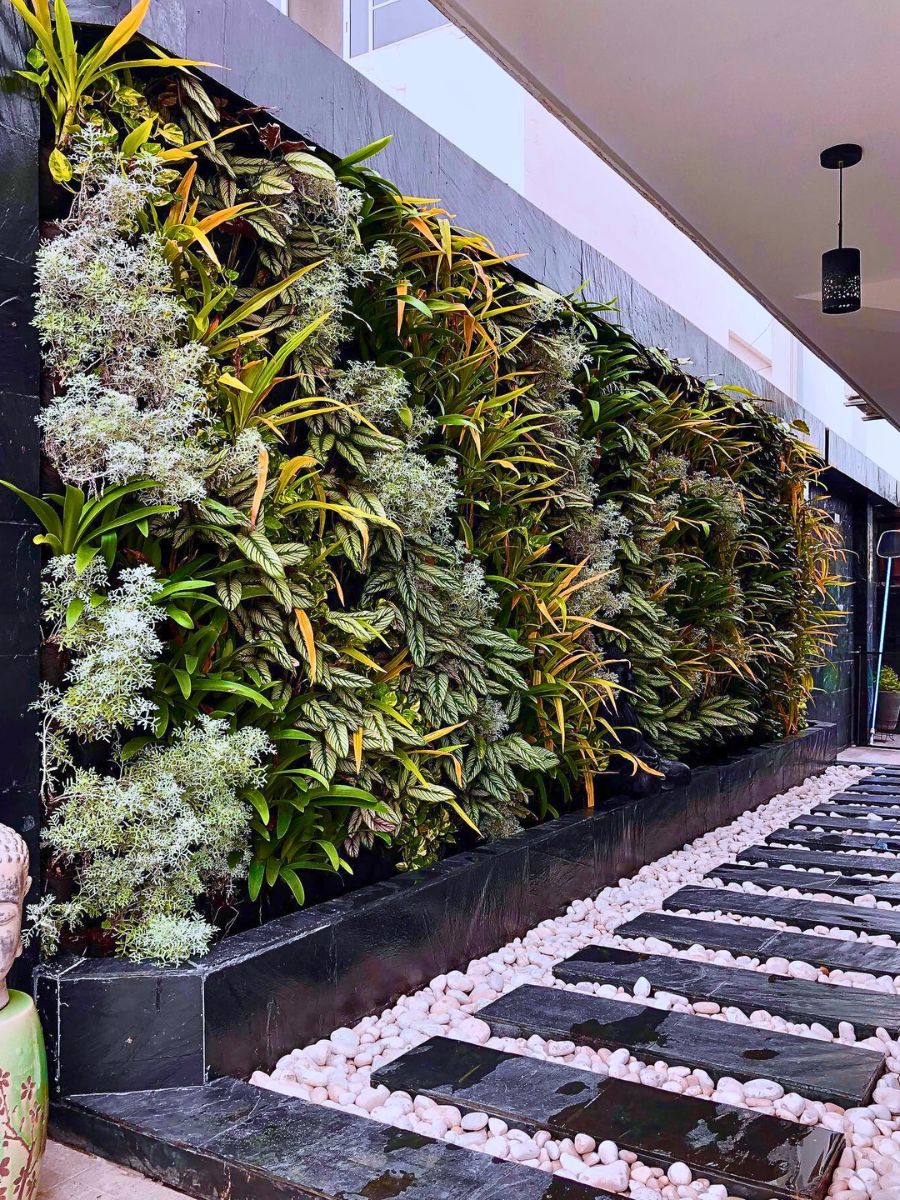
Photo by @greenwallsec
Furthermore, the water needs of interior plantscaping can be met through the use of greywater reclamation systems. These systems reuse wastewater from sinks, showers, and washing machines for irrigation. They, therefore, promote more efficient water usage and reduce freshwater consumption, aligning with SDG 6 targets.
Affordable and Clean Energy (SDG 7)
While the energy required to maintain indoor greenery should not be disregarded, strategic placement and selection of plant species can, in actual fact, contribute to energy efficiency and reduced greenhouse gas emissions. For example, interior plants can provide natural cooling through evapotranspiration, which reduces the need for air conditioning and its associated energy uses.
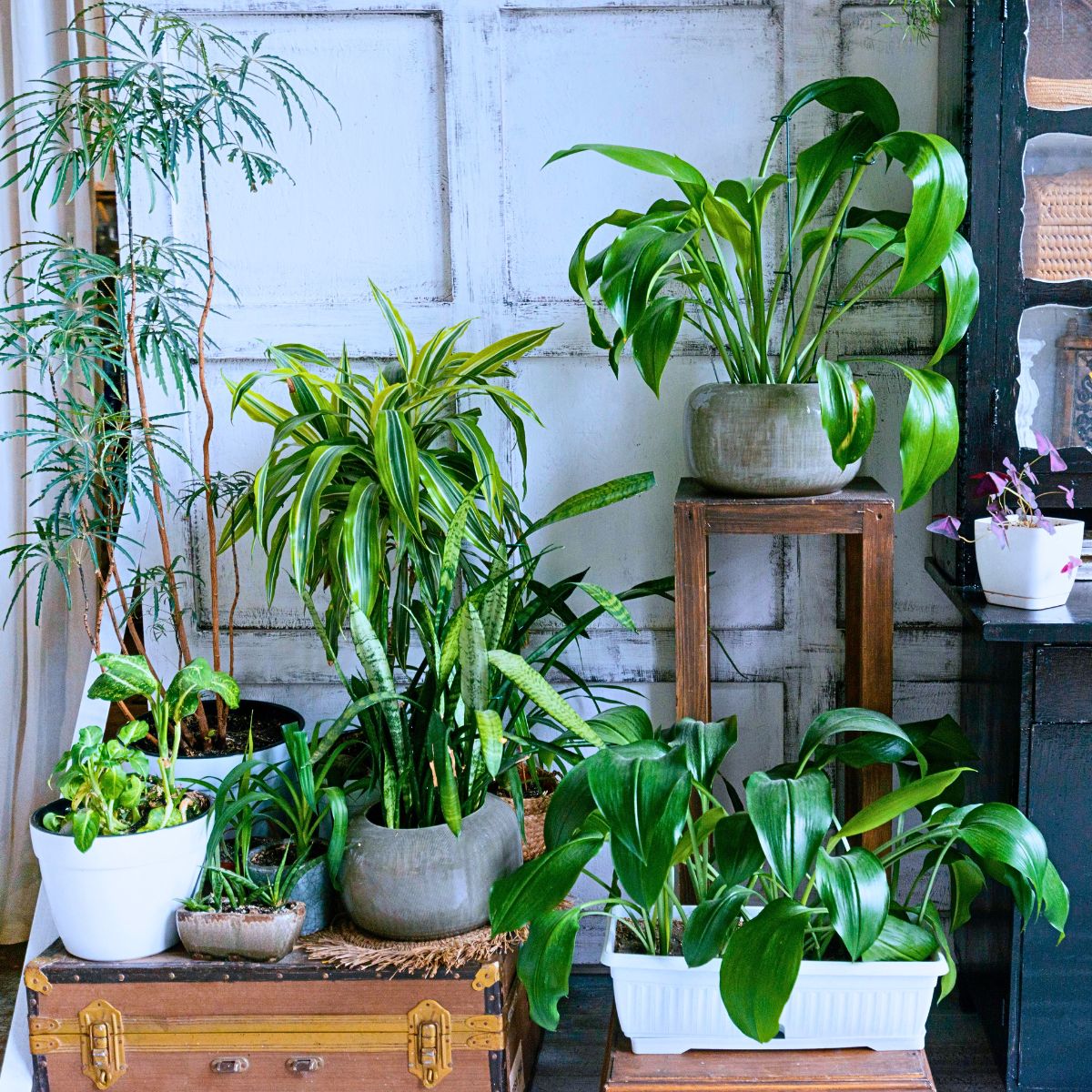
Moreover, living walls and green roofs have been shown to enhance the thermal performance of buildings. They help regulate indoor temperatures and minimize heating and cooling demands. This, in turn, supports the transition to affordable and clean energy sources as defined in SDG 7.
Sustainable Cities and Communities (SDG 11)
Perhaps one of the most direct ways in which interior greens can advance the SDGs is through their contribution to sustainable, livable cities and communities as enshrined in SDG 11. Bringing living plants — and trees by extension — into the design of urban buildings, offices, and public spaces, helps create more pleasant, healthy, and resilient environments for people to live, work, and thrive. And, just so you know, these are among the reasons why the greening of cities matters.
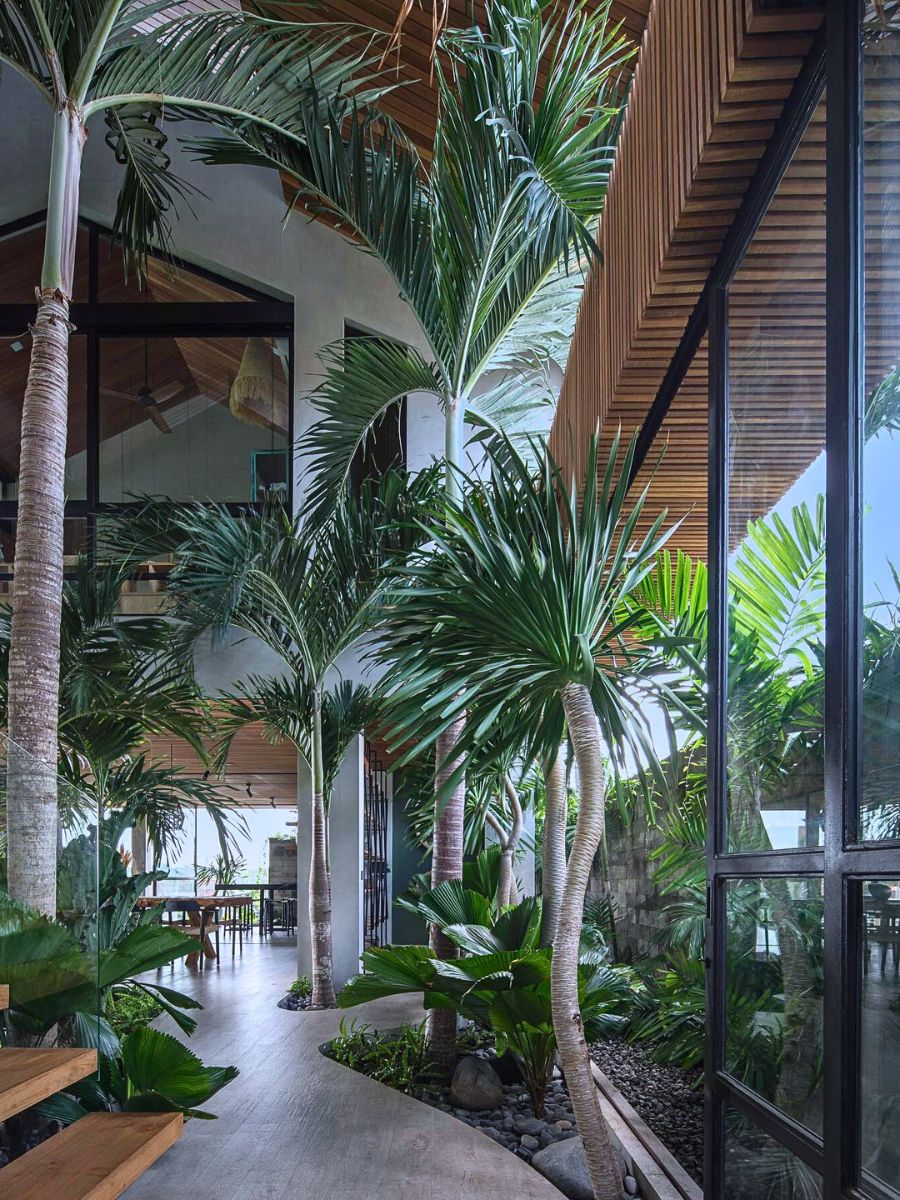
What’s more, interior greens can help mitigate the urban heat island effect, reduce noise pollution, and improve air quality. All these are crucial for enhancing the sustainability and livability of cities. These interior green plants can, in addition, also provide psychological and social benefits. They, for that reason, nurture a deeper connection to nature and promote community cohesion.
Life on Land (SDG 15)
While the focus of interior greens is primarily on their impacts on the built environment, they could also contribute to the conservation and restoration of terrestrial ecosystems as outlined in SDG 15. Many indoor plant species are grown in nurseries or propagated from wild populations. What’s more, many interior plant varieties are sourced from jungles and forests where their natural habitats are. The processes involved in 'domesticating', propagating, and growing previously wild plants in nurseries provide an alternative market and reduce pressures on natural habitats.
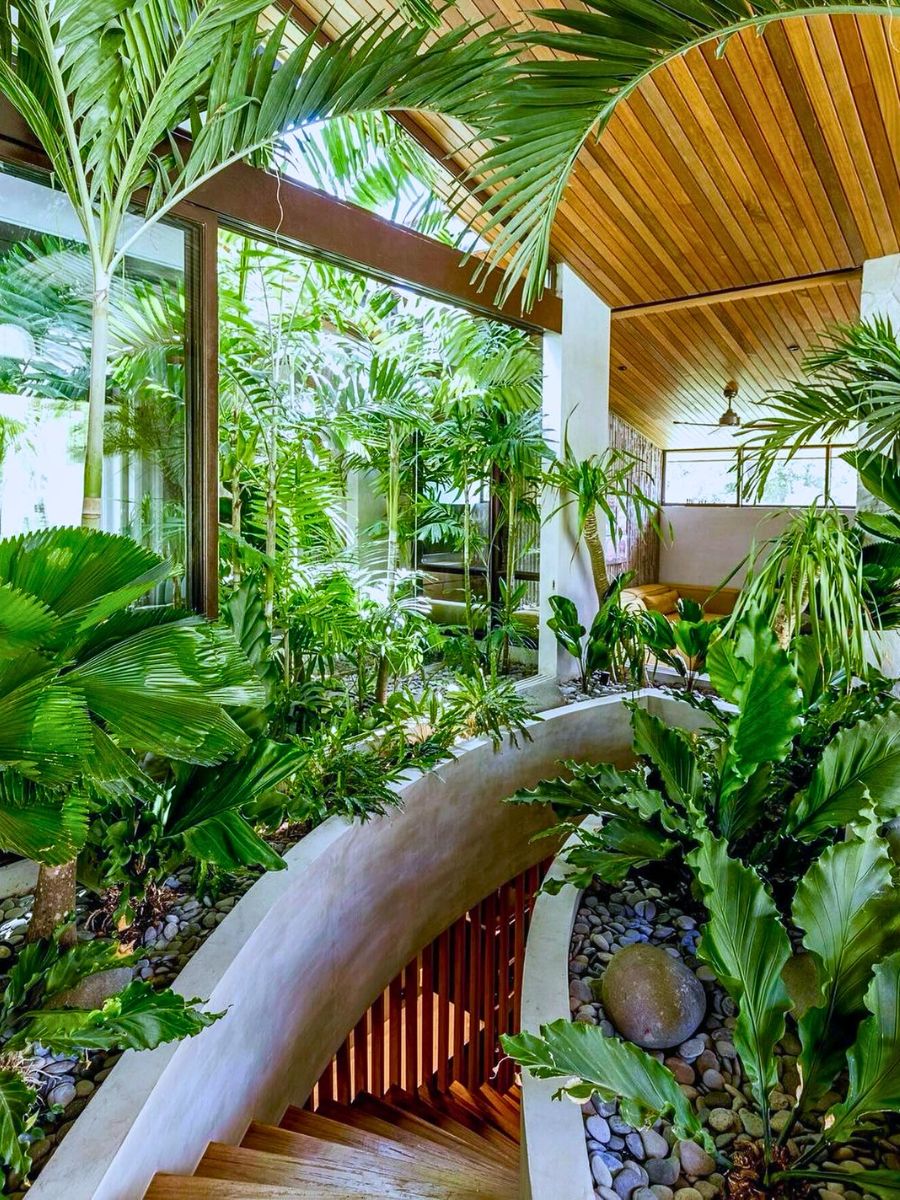
Moreover, the urban greening movement spurred by the inclusion of interior plantscaping can help increase overall vegetation cover and biodiversity within cities, which complements the efforts to protect, restore, and promote sustainable use of terrestrial ecosystems.
Partnerships for the Goals (SDG 17)
The promotion of interior greens can, by the same token, foster partnerships between different institutions, which are necessary for achieving the SDGs. Realizing the full potential of these interior plants and indoor plantscaping requires collaboration among designers, architects, horticulturists, urban planners, policymakers, and the general public.
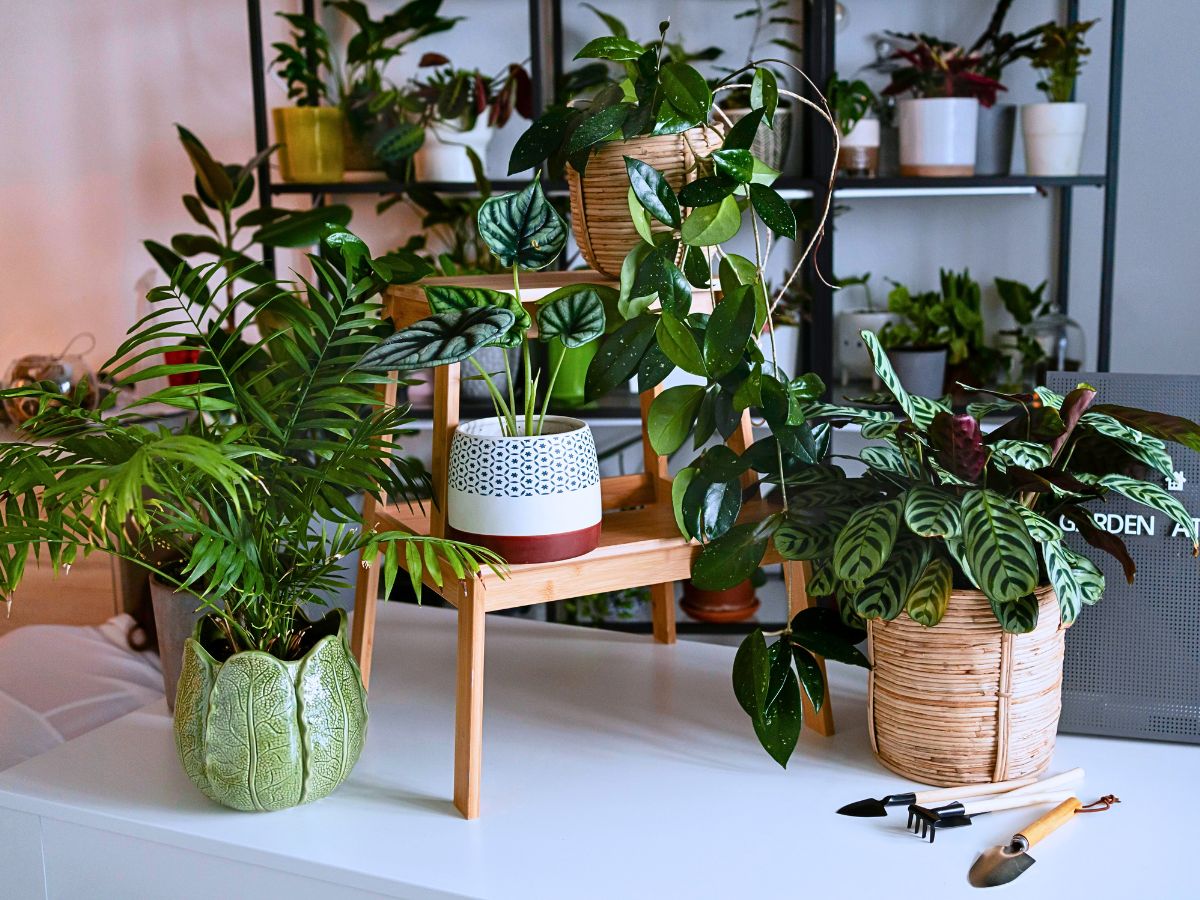
Bringing together all the diverse expertise and resources could, as a result, help develop innovative solutions, share best practices, and create the enabling conditions for interior greening to thrive. This strategy aligns with SDG 17, which emphasizes the importance of global partnerships and cooperation in driving sustainable development.
Sustainability Agenda and the Circular Economy
Away from the obvious functionality of interior plants and the SDG goals, plants in general — including those grown in the interiors — contribute directly or indirectly, and in diverse ways to safeguarding the sustainability agenda. They, for instance, provide the possibilities for:
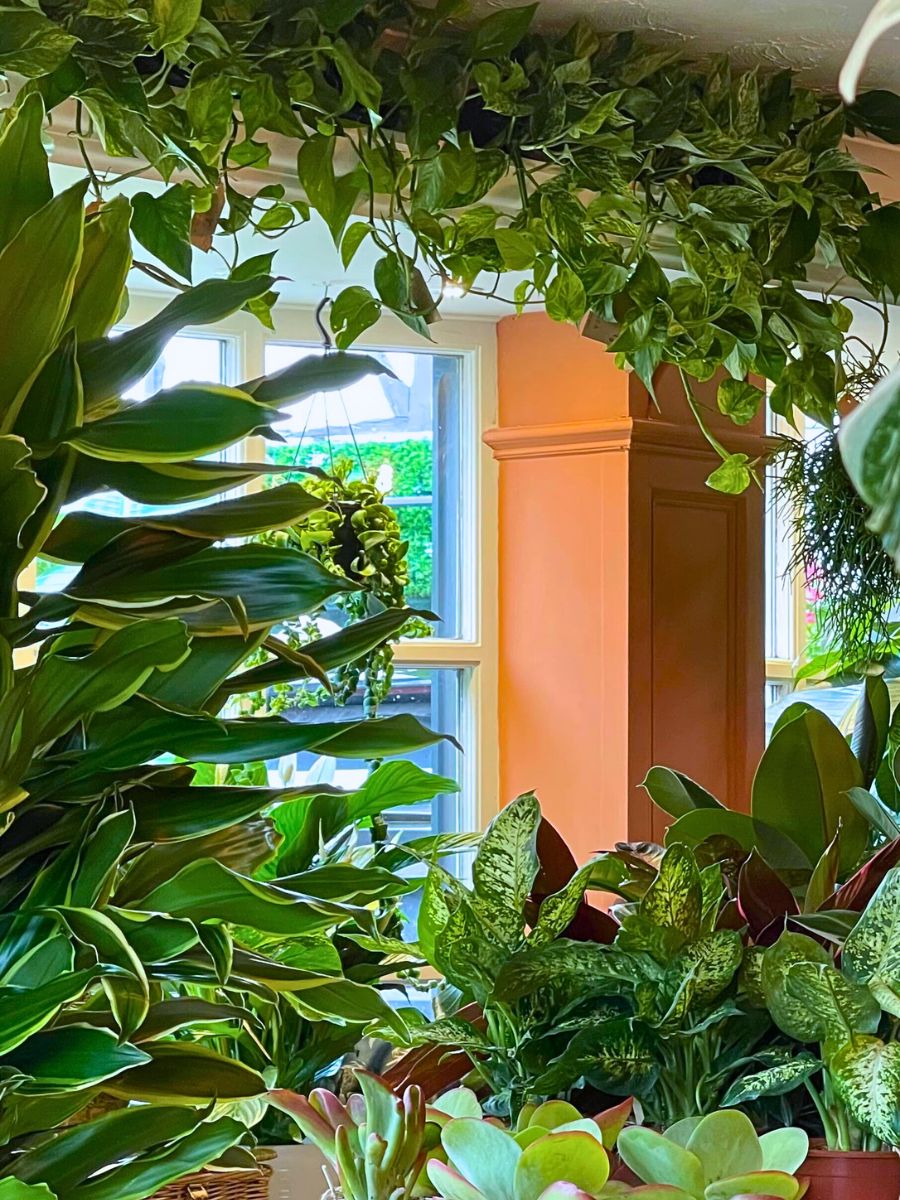
Photo by @tropicaplants
Sustainable Materials and Upcycling
Using sustainable materials — and products — is a crucial aspect of sustainable interior design. This involves sourcing materials from environmentally responsible manufacturers that promote safe production processes and ethically sound business practices. Bamboo which can be grown indoors, for example, is a rapidly renewable resource that can be used in different ways including for home construction purposes. Bamboo Village Uganda does this quite effectively.
When it comes to old furniture and decorative items, repurposing, refinishing, or refurbishing them gives them a new lease of life, thus reducing waste. Tiles, carpets, fabrics, and even sinks and countertops can be made from recycled materials, contributing to a circular economy. In this way, interior designers can help reduce the raw materials needed for new products, thereby minimizing environmental impact.
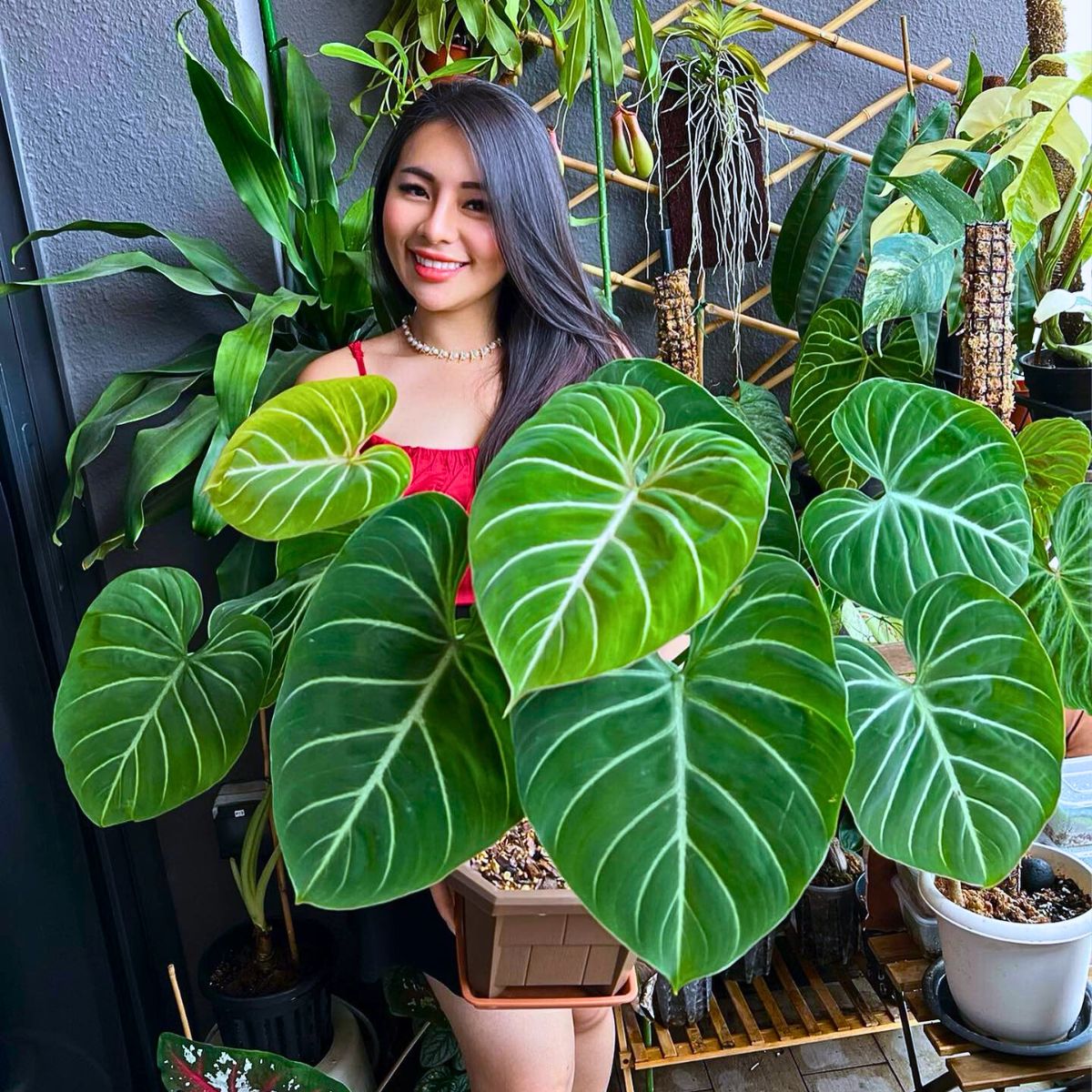
The Cradle to Cradle certification, for instance, guarantees circularity by ensuring materials stay within biological and technical cycles. This certification considers five quality categories which are material health, material reutilization, renewable energy, water stewardship, and social fairness. Environmental certifications, such as Type 3 Ecolabels, can also help designers identify and use materials that align with the SDGs. These certifications ensure that the impact of the materials on the environment is fully considered and aligned with sustainability standards.
Yet another critical aspect in this scenario is differentiating between upcycling and downcycling. Downcycling involves the use of additives and chemicals and only delays the waste process. Upcycling, on the other hand, produces a final product of equal or higher quality than the original, thus being the preferred method. Analyzing a product's life cycle analysis (LCA) can help determine which recycling process a material has undergone, and consequently, whether it is sustainable.
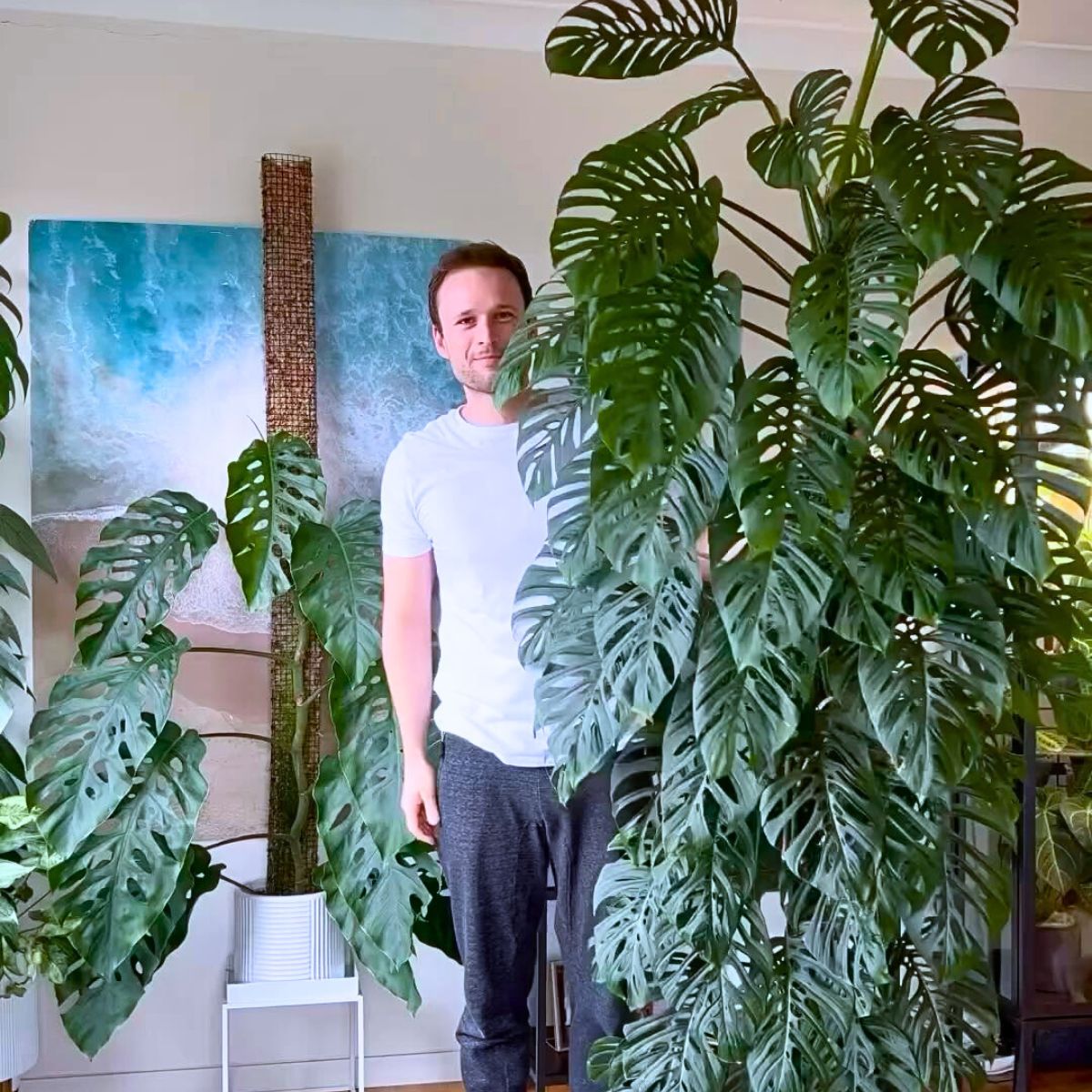
Creating a Healthy and Sustainable Future
Aside from the environmental impact of interior design, the health benefits of sustainable design choices are also important. Using non-toxic and non-polluting products, such as organic, hypoallergenic paint, as well as growing air-purifying interior plants ensure that indoor air quality is not compromised. This contributes to the previously explained SDG 3, which seeks to ensure healthy lives and promote well-being for all.
Besides, making sustainable design accessible to everyone, regardless of their economic status, could reduce inequalities, aligning with SDG 10. Aspiring interior designers can, therefore, use reclaimed or recycled materials, which are often more affordable without compromising on quality.
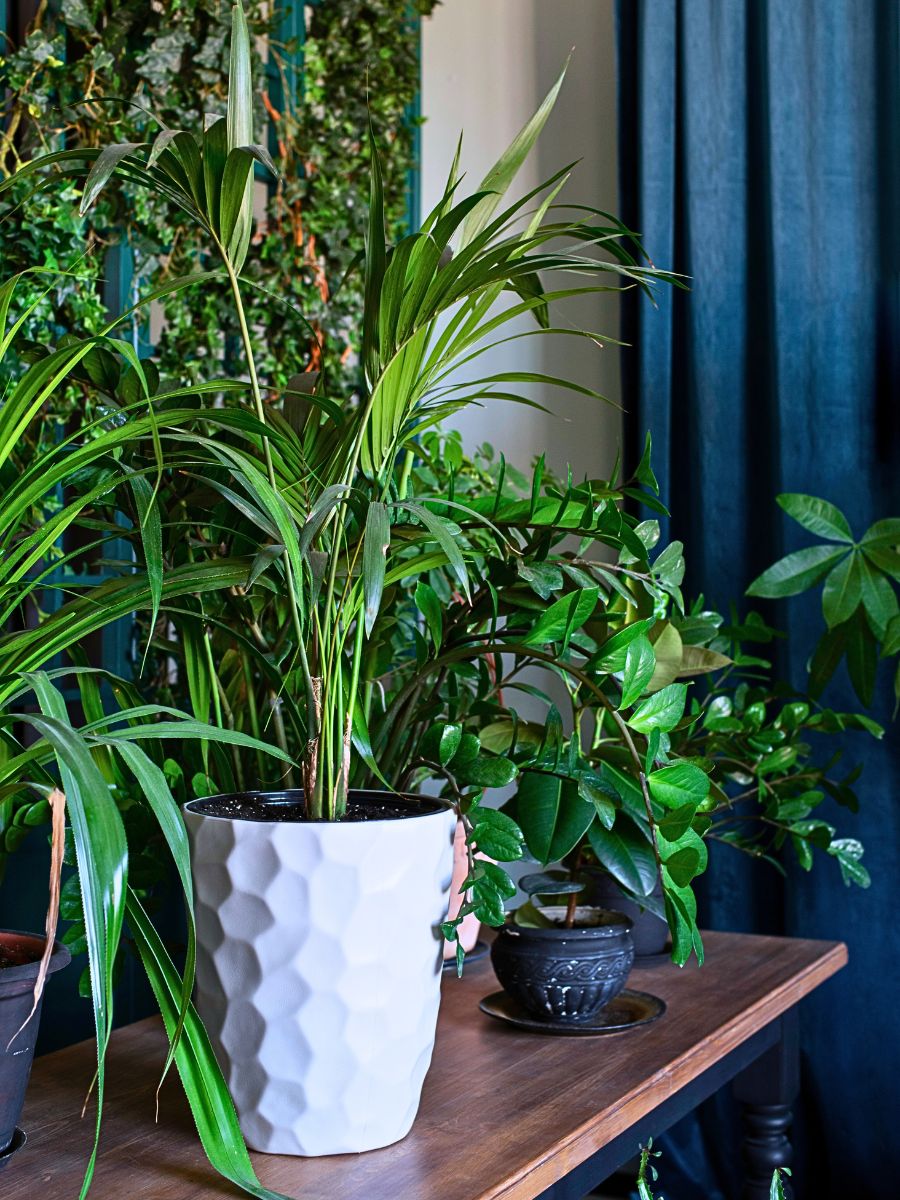
A Sustainable Future With Interior Greens
The United Nations Environment Program (UNEP) emphasizes the significance of a green economy, which is low-carbon, resource-efficient, and socially inclusive. Its support for the implementation of green economy strategies like the Partnership for Action on Green Economy (PAGE), and the Green Growth Knowledge Platform (GGKP), echoes the role of public policy in promoting a sustainable design ethos.
Yet, with global demand for necessities like food, water, and energy expected to surge by 2030, it is becoming more evident that radical changes to current economic and cultural practices are necessary. The shift from a linear to a circular system is, therefore, imperative to save the planet's natural resources. And green interior designs play a central role in achieving this transition.
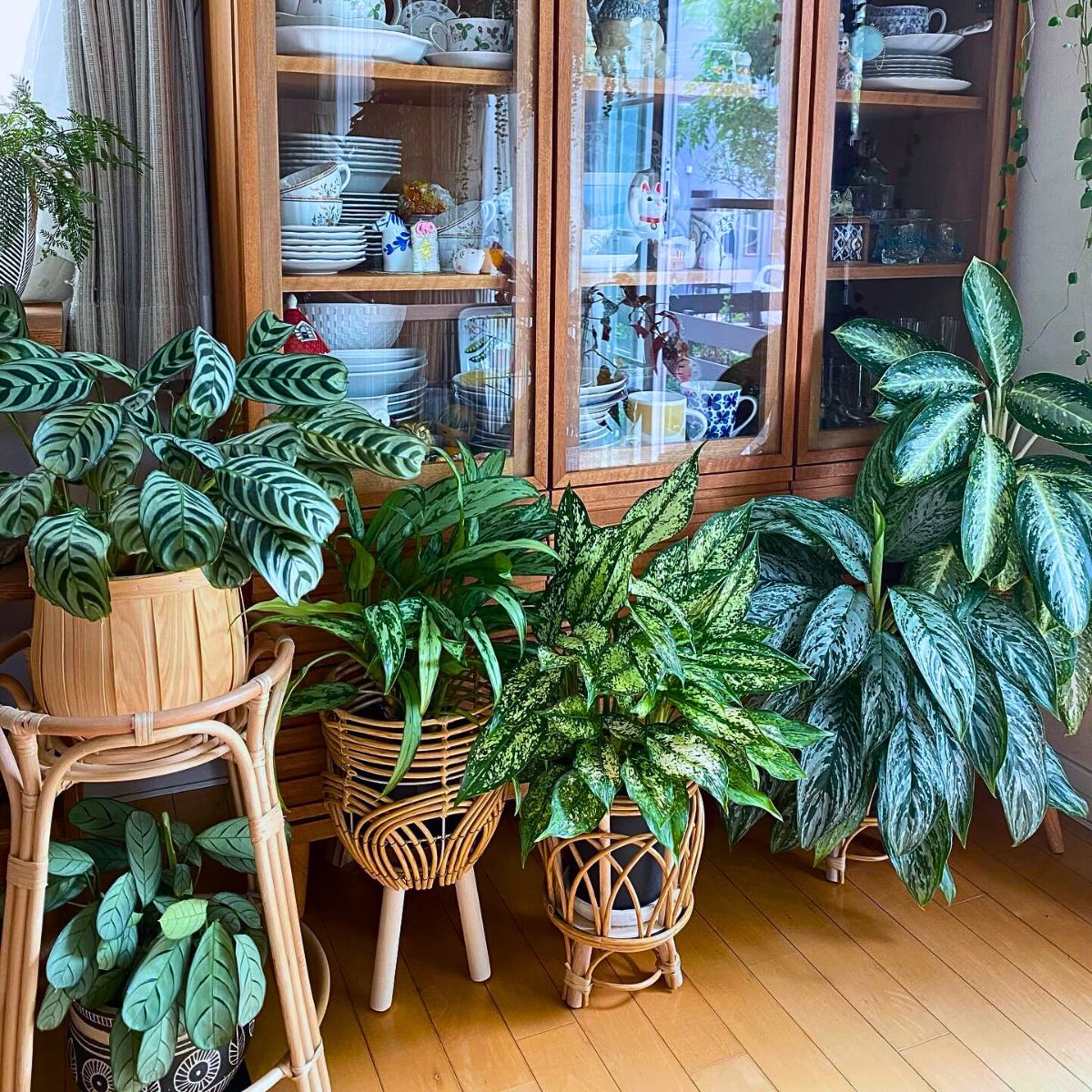
Photo by @time_with_liberty
Through sustainable practices, interior designers can create spaces that are eco-friendly, healthier for occupants, and economically responsible. The American Society of Interior Designers (ASID), for example, advocates for sustainability in design, believing it is, now, even more fundamental to every design approach. That said, a sustainable future with interior greens and plantscaping at its core is realizable.
Feature image by freepik, header image by Karolina Kaboompics

